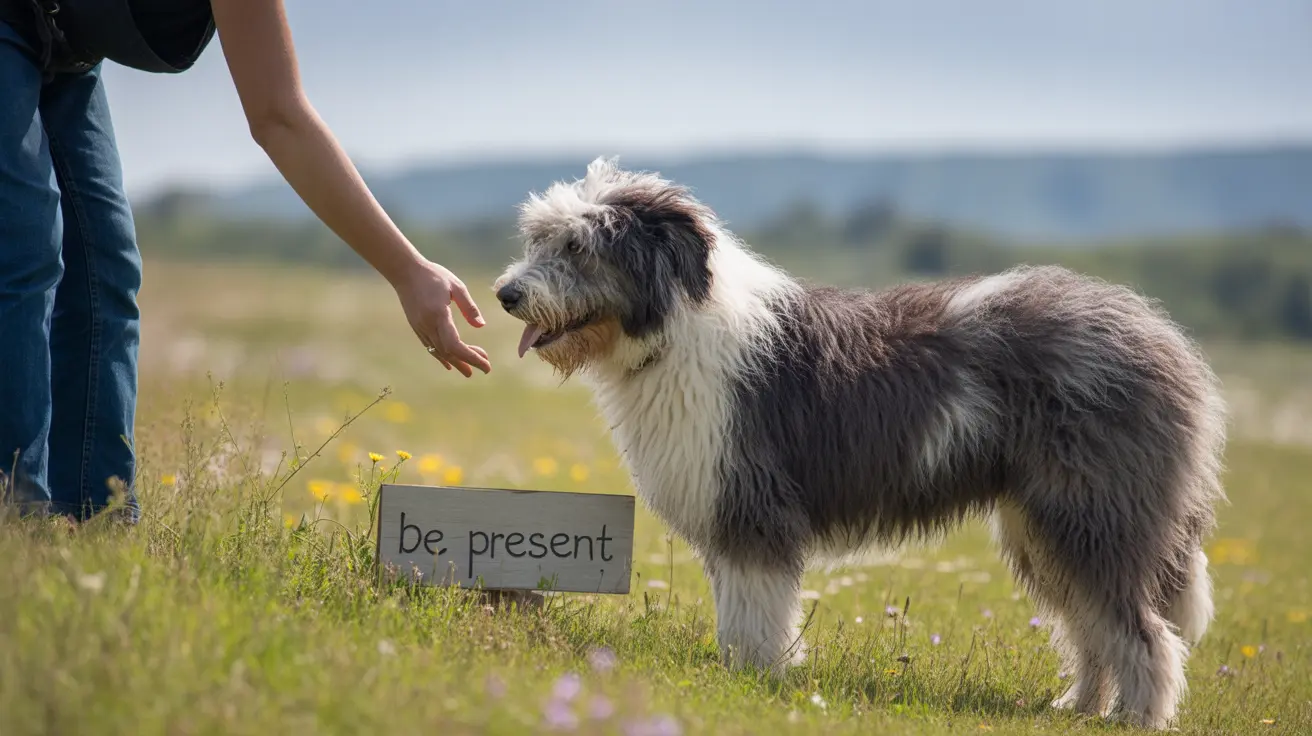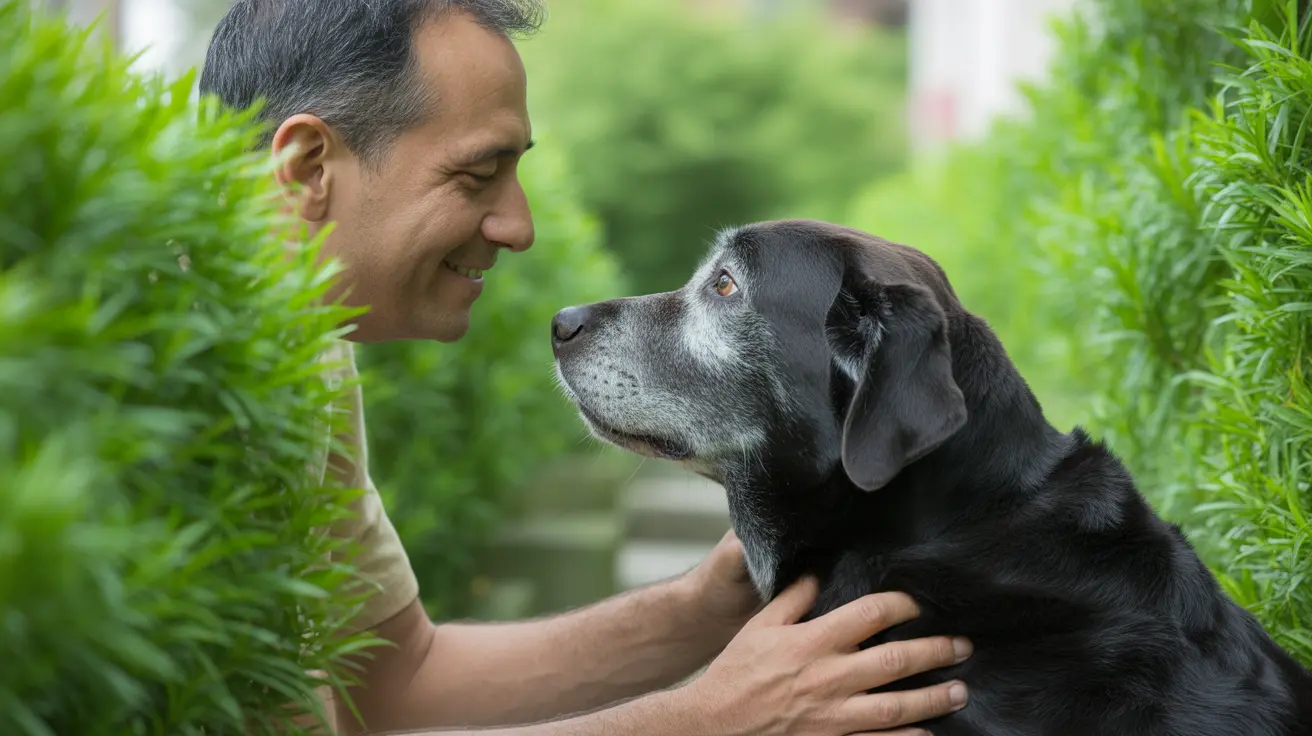Understanding Dog Runs: Safe Spaces for Canine Exercise
If you're a dog owner, you know how important it is for your furry friend to get enough exercise and stimulation. That's where a dog run comes in. It's more than just a patch of grass—it's a dedicated, secure spot that lets your dog stretch their legs, burn off energy, and enjoy the outdoors without wandering off.
What Exactly Is a Dog Run?
A dog run is an enclosed outdoor area specifically designed for dogs to move around freely and safely. You might find them in public parks, apartment complexes, or private backyards. The main goal? Give dogs space to play off-leash while keeping them contained and out of trouble.
Main Features of Dog Runs
- Fencing: Tall, sturdy barriers prevent escapes and keep other animals out.
- Ground Cover: Surfaces range from grass and gravel to artificial turf—each with its pros and cons (think muddy paws versus easy cleanup).
- Gates: Secure entry points make it easy for owners to come and go while ensuring dogs stay put.
Some runs also include shaded areas, benches for humans, water stations, or even agility equipment to keep things interesting.
Types of Dog Runs
- Private Backyard Runs: Homeowners often build these for their own pets. They're sized to fit the yard and tailored to the dog's needs.
- Public Dog Parks: Many cities offer communal runs where multiple dogs can socialize under supervision.
The size can vary—a small run might be just big enough for quick bathroom breaks, while larger ones let energetic breeds really let loose.
Why Use a Dog Run?
- Exercise: Dogs need regular activity for physical health and mental well-being. A run gives them room to sprint, chase balls, or wrestle with friends.
- Safety: Fenced-in runs protect dogs from cars, wildlife, or getting lost—especially important if your pup has a tendency to bolt after squirrels!
- Convenience: For owners without time for long walks every day (or those with limited mobility), a backyard run offers a practical solution.
If you've got a high-energy breed or live in an area with leash laws, having access to a dog run can make life much easier—for both you and your pet.
Tips for Building or Using a Dog Run
- Select materials that are durable and safe—avoid sharp edges or toxic plants nearby.
- Add shade if possible; dogs can overheat quickly on hot days.
- If using gravel or wood chips as ground cover, check that it's paw-friendly (some materials can hurt sensitive feet).
If you're visiting a public dog run, always supervise your pet. Pick up after them and make sure they're up-to-date on vaccinations—it's good etiquette and helps keep everyone healthy.
The Social Side of Dog Runs
A well-designed dog run isn't just about exercise—it's also about socialization. Dogs learn how to interact with others in these spaces: greeting new friends, sharing toys, even practicing recall commands amid distractions. For many urban pups who don't have yards at home, public runs are their main chance to mingle with fellow canines (and humans too).





